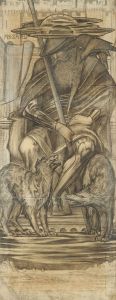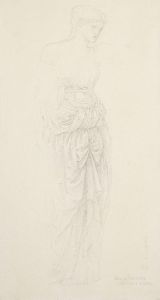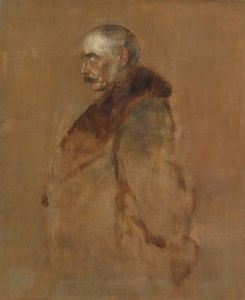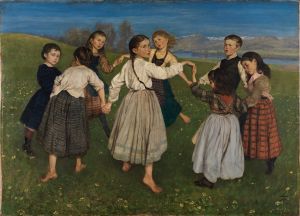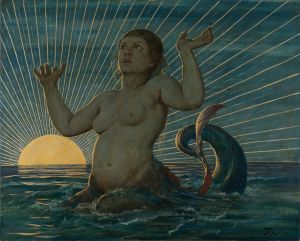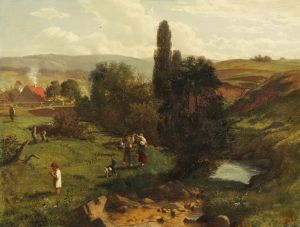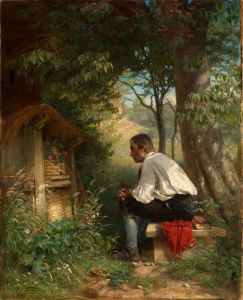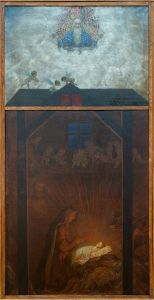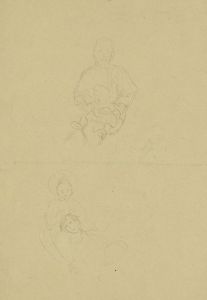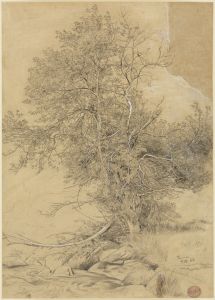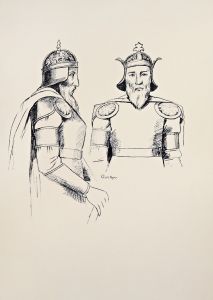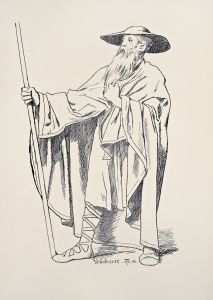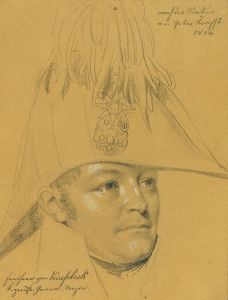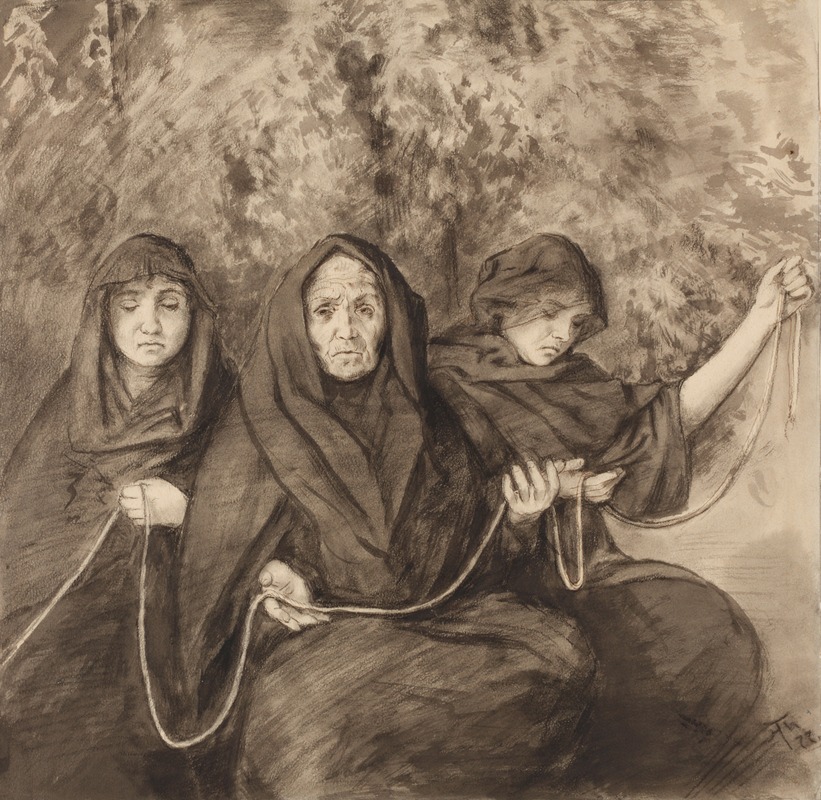
Three Norns
A hand-painted replica of Hans Thoma’s masterpiece Three Norns, meticulously crafted by professional artists to capture the true essence of the original. Each piece is created with museum-quality canvas and rare mineral pigments, carefully painted by experienced artists with delicate brushstrokes and rich, layered colors to perfectly recreate the texture of the original artwork. Unlike machine-printed reproductions, this hand-painted version brings the painting to life, infused with the artist’s emotions and skill in every stroke. Whether for personal collection or home decoration, it instantly elevates the artistic atmosphere of any space.
Hans Thoma (1839-1924) was a German painter known for his landscapes and portraits, often imbued with a sense of German Romanticism. One of his notable works is "Three Norns" (Die drei Nornen), which he painted in 1913. This painting is an interpretation of the Norns from Norse mythology, who are often depicted as three female figures responsible for shaping the destiny of gods and men.
The Norns are named Urd (the past), Verdandi (the present), and Skuld (the future). In Thoma's depiction, the three figures are shown in a serene, almost mystical setting, which is characteristic of his style that blends realism with symbolic elements. The painting captures the essence of the Norns' roles in mythology, emphasizing their connection to the passage of time and the fate of all beings.
Thoma's "Three Norns" is noted for its detailed and expressive portrayal of the figures, each embodying their respective temporal domain. The use of light and shadow in the painting enhances the ethereal quality of the scene, creating a sense of timelessness and inevitability. The background of the painting features a natural landscape, which is a common motif in Thoma's work, reflecting his deep appreciation for nature and its cycles.
The painting is housed in the Kunsthalle Mannheim, a museum in Mannheim, Germany, which holds a significant collection of Thoma's works. The Kunsthalle Mannheim is known for its extensive collection of 19th and 20th-century art, and Thoma's "Three Norns" is a highlight of their collection, showcasing the artist's skill in combining mythological themes with his unique artistic vision.
Hans Thoma's work, including "Three Norns," is often associated with the Symbolist movement, which sought to express ideas and emotions through symbolic imagery. Thoma's ability to convey complex themes through his art has earned him a lasting place in the history of German painting. His works continue to be studied and admired for their technical proficiency and their ability to evoke a deep emotional response.
In summary, "Three Norns" by Hans Thoma is a significant work that reflects the artist's mastery of blending mythological themes with naturalistic detail. The painting's depiction of the Norns, set against a serene landscape, captures the timeless and inevitable nature of fate, making it a poignant and enduring piece of art.





